‘Worst I’ve seen in 20 years’: Jaimi Kenny and Emily Seebohm victims of huge spike in eating disorders
Queensland specialists have raised the alarm about a huge rise in eating disorders during COVID-19, with wait lists for treatment up to five months long. Hear some of the most poignant stories from inside the epidemic.
QWeekend
Don't miss out on the headlines from QWeekend. Followed categories will be added to My News.
*Trigger warning:This article explores personal accounts and details of eating disorders, self-harm and suicidal ideation and may raise complex feelings or concerns for you.
It’s as if someone intentionally lit fires in her mind and laughed as they watched them burn.
While the flames raged, their voices would torture her. They would tell her she wasn’t worthy, she would never be good enough, she was ugly, nobody cared about her and they never would, why should they? She was a burden.
This is what living with an eating disorder felt like for Jenna Abbasi.
It was an illness she lived with from age 13 to 19, that took over every facet of her life; who she saw, what she wore and how she thought.
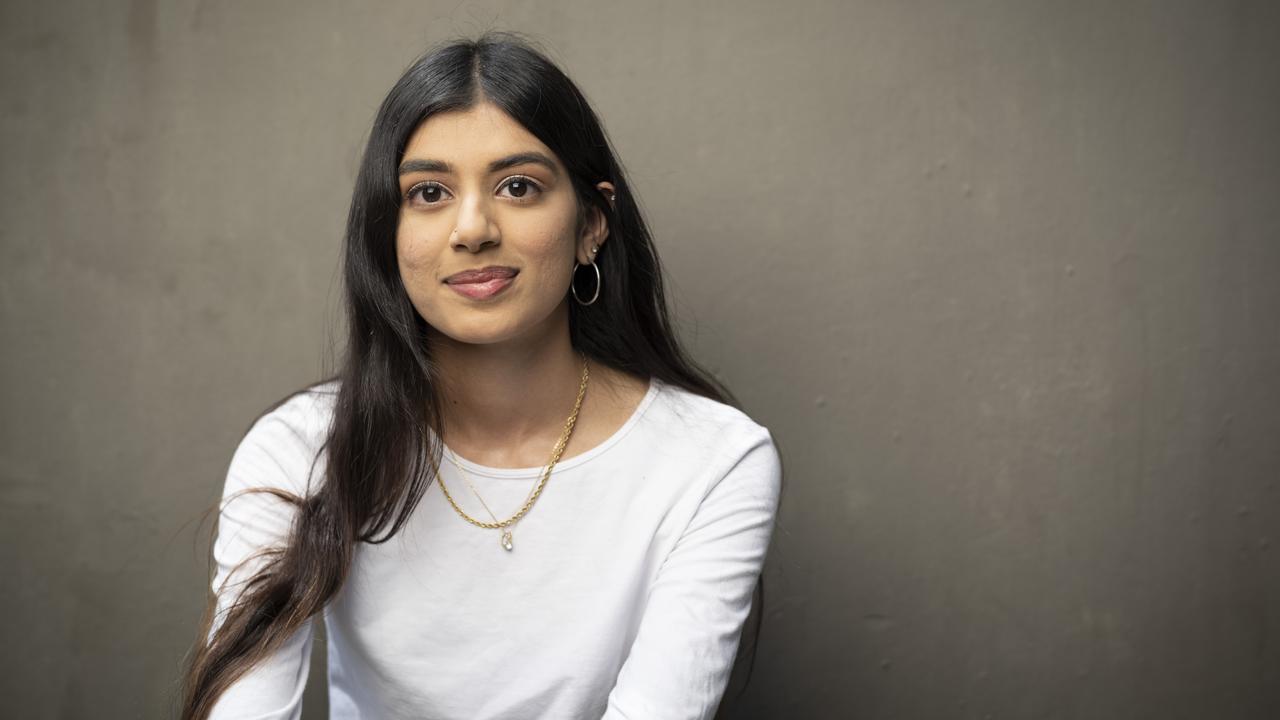
To fight back, Abbasi, 21, who lives in South Brisbane, focused on what she felt she could control – food. What started as a diet spiralled into a years-long dark and sick obsession as she battled with anorexia nervosa.
Active and happy Jenna disappeared into another Jenna. A Jenna whose anorexia diagnosis at 13, alongside her severe anxiety, dictated her every move until she began her recovery at 19.
Its force was so powerful it led her to drop out of school at age 14, be hospitalized 15 times, including a six-month stay in a psychiatric hospital, and self-harm multiple times.
350,000 soulmates: Marry based on science, not lust
Hannah’s untold story and the heart-wrenching goodbye
It was exhausting being caged by a sickness nobody else could see, hear, feel or understand.
She wanted to take her own life before the anorexia claimed hers. Thankfully she, or it, never did, and she’s been recovered for two years.
The same can’t be said for many others as the silent killer of eating disorders slowly destroys more lives than ever.
In Australia, an average of five people aredying of eating disorders each day. That’s more than the national road toll of three people a day.
One million Australians are estimated to be living with an eating disorder, the most common being anorexia nervosa, bulimia nervosa and binge eating, and numbers are rising with health services facing record-breaking demand for treatment.
The situation is the worst Queensland specialists have seen in 20 years, with months-long waiting lists for their services.
The pandemic with all its stresses, uncertainty, restrictions and isolation has fuelled the dramatic spike. The focus on food and fitness, bare supermarket shelves, people stockpiling supplies and tips to avoid COVID kilos are all triggers experts say, for those with disorders.
Last year, the Butterfly National Helpline, run by the organisation dedicated to helping people with eating disorders, experienced a 45 per cent increase in contacts compared to 2019. As lockdown bit, in August they experienced a 57 per cent rise in people searching for help compared to numbers in January.
Eating Disorders Queensland (EDQ), a counselling organization funded by Queensland Health, recorded a 98 per cent increase in patients in January-October last year compared to the same period in 2019 and Queensland Eating Disorders Service (QuEDS) – a government-led organization that provides medical and mental health services – took almost 300 more calls in 2020 compared with 2019.
It can’t all be blamed on the pandemic, with Queensland Health recording a steady increase in eating disorder presentations and admissions over the past five years.
In the 2015-16 financial year 3567 hospital admissions related to an eating disorder, compared with 5869 in the 2019-20 financial year. Most of those were for patients aged 20-29.
COVID has put pressure on the Queensland public mental health system and EDQ, and there’s up to a five-month wait for treatment.
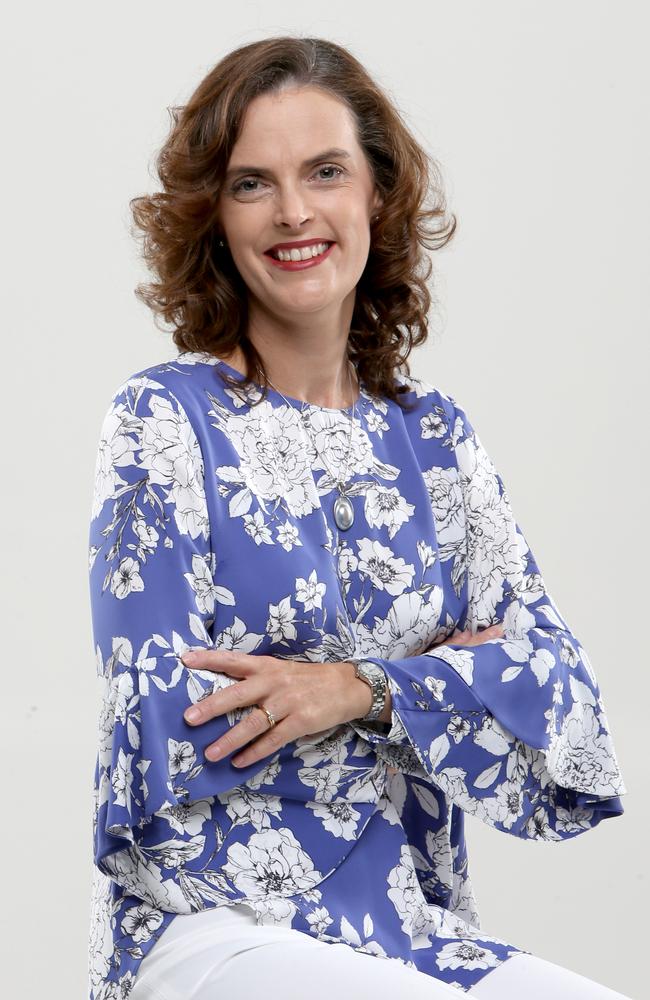
In the private sector, Brisbane dietitian and nutritionist Rachael Bradford, who works at Eat and Enjoy Nutrition in Carina in Brisbane’s south, on one day in February saw four new patients for eating disorders, three of whom had recently been hospitalized.
In the past six months she’s treated more 14-16-year-olds for eating disorders than ever.
“I’ve been working in eating disorders for 23 years and I’ve not seen it like this before,” she says. “Presentations seem to be even more severe, as well as younger.”
The Butterfly Foundation recorded kids as young as six developing body image challenges and says there appears to be a “significant” issue in schools. While it’s been known as a common illness in adolescent females, Butterfly research revealed 37 per cent those with an eating disorder are males.
Warren Ward, the Metro North Hospital and Health Service Director of QuEDS, fears the crisis is reaching critical levels.
“We’re seeing a nationwide increase in eating disorder presentations, likely attributed to stresses from this year including the pandemic and an inability to see family and friends,” he says. “I’ve been in the business for 15 years and this is the highest level of presentations I’ve seen.
“It was building up before COVID but (the pandemic) has put fuel on the fire.”
The longer the wait, the more prolonged the treatment and recovery and the more dangerous circumstances become, says EDQ CEO Belinda Chelius.
“There is a huge risk for people sitting on those waiting lists,” she says. “It’s not ethical.”
Funding is being poured into specialized services and facilities. The Butterfly Foundation hopes to open a new 13-bed treatment facility on the Sunshine Coast, called Wandi Nerida, this year and it’s believed it will be the first of its kind in Australia. Butterfly CEO Kevin Barrow says the Mooloolah Valley house is intended to feel like a home but with the benefits of private hospital care. They’ve received more than 200 expressions of interest but are calling for more funding before they can open.
Meanwhile, EDQ received $130,000 last year in response to the impacts of COVID-19 and secured an additional grant that helped fund IT equipment to establish a telehealth hub. The Queensland Government has committed to a $46.5 million mental health community package and, over two years, $20 million is being allocated to hospital and health services with some of this supporting additional responses to eating disorders.
QuEDS are boosting their resources by training clinicians at Headspace, a national youth mental health foundation, to provide free therapy. It’s all helpful, says Barrow, but more is needed to continue to combat the epidemic, including public awareness.
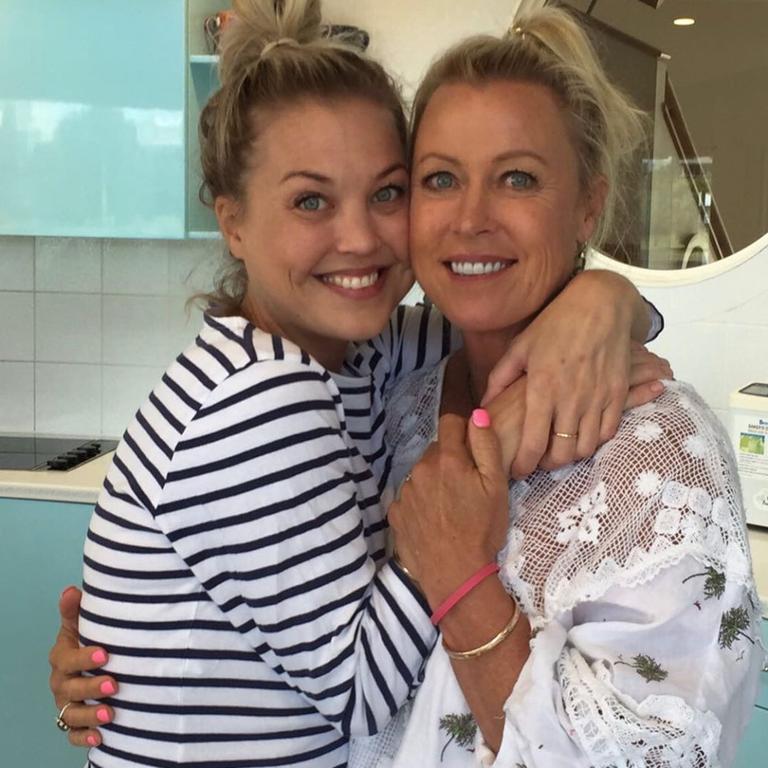
Sadly, the death of Jaimi Kenny last year becamethe nation’s wake-up call about how prevalent this insidious disease is and it’s one that does not discriminate.
Jaimi, the daughter of Olympian Lisa Curry and ironman Grant Kenny, died in September last year at age 33. It’s believed she suffered a private battle with an eating disorder.
Her heartbreaking loss was felt nationwide as Lisa Curry made emotional posts on Instagram.
“This year has given us more pain that we can bear,” wrote Curry.
In another post she wrote: “Our beautiful girl couldn’t beat the enemy... but she fought and fought ... every single day.’’
Following Jaimi’s tragic passing, Queensland identities shared their experiences with eating disorders, including Brisbane radio host Abby Coleman and Olympic swimmer Emily Seebohm. “I’ve binged, purged and taken laxatives. I’ve counted calories, skipped meals and constantly weighed myself,” Seebohm wrote to her thousands of Instagram followers in January.
“I’ve been embarrassed to be in my togs. I have judged my body every time I have been in front of a mirror. I’ve been told that the only way I can swim faster is by losing weight and I have believed it.”
Seebohm has since become an ambassador for Sunshine Coast eating disorder charity, EndED, who have a treatment centre, House of Hope, in Woombye.

It all started at age 10. Abbasi, who wasborn inNew Zealand and moved to Brisbane when she was four, was an active kid who’d run around the Greenslopes home she grew up in, in Brisbane’s inner south, with her parents and two sisters.
A petite girl, cruel peers would bully her about her “tiny wrists” and her body shape. And so it began. The more they commented, the more her self-doubt grew. It turned into anxiety.
“I was very quiet and worried a lot about what people would think of me,” Abbasi says.
“I remember I wanted to do sport and art but I felt as if people would point at me if I got changed into the sport uniform.
“I wanted to show off my art in front of the class but I remember thinking ‘I don’t want to speak in front of people because they are going to laugh at me, whisper or comment on my legs, or my hairstyle or things like that.”
She carried around a mirror and regularly checked what she looked like.
“I looked in the mirror all the time and asked people (around her), ‘do I really look ugly? Am I really too skinny?’ I could never see that I looked different.”
The lonelier she was, the larger her obsessions became. She collected 50 erasers of the same colour and shape. Then, it was pencils, then coins.
“Collecting made me feel safe,” she says.
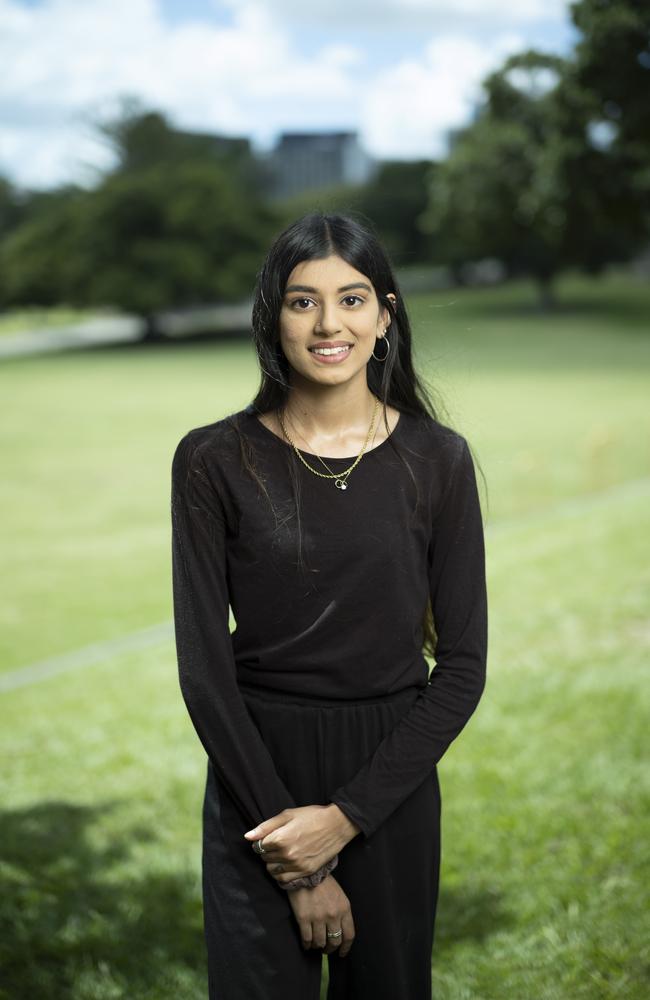
Eventually, the obsession turned to food. What she’d eat, when she’d eat, how big the servings were and how she could save calories. At 13, she was admitted to hospital with low weight and told she had an “eating disorder”.
A year later she was diagnosed with anorexia nervosa, defined as a psychological illness where the person has an obsessive fear of gaining weight and deprives their body of food.
This was the start of a six-year cycle of unhealthy eating habits and hospital admissions.
At age 15, her parents moved the family to the UK, where they were born, in the hope it would give their daughter a “fresh start”.
It made things worse.
First she cut out entire food groups, like carbohydrates, then she would exercise excessively and eat “very little”. Other times she would want to eat the same food at the same time every day, which she did for 12 months, with breakfast at 9am, lunch at midday and dinner at 2pm.
She became so weak she couldn’t walk.
Abbasi’s heart was struggling to function properly yet she couldn’t see anything wrong.
She was in and out of hospital.
“The eating disorder wouldn’t leave me alone. I had two parts of myself, I didn’t know who Jenna was and who my eating disorder was.”
The mind games landed her in a UK psychiatric hospital for six months when she was 17. She became severely mentally ill and tried to take her life. “That last time was pretty bad, that’s when I realized I don’t actually want to die, I do want to live. I needed to be my own best friend and get myself out of there, nobody could save me apart from myself.” The switch flicked.
Starting with group therapy, Abbasi eventually turned to “self-healing” where she erased “toxic people” from her life, watched videos about the psychology behind her disorder, read advice from therapists and surrounded herself with positive affirmations.
She felt validated, that what she felt was real, and she found comfort in finding others who understood. Her relationship with food remained complex as she developed orthorexia, a damaging obsession with healthy eating, but slowly she pushed past the fear. Weekly, she introduced new foods into her diet, navigating her way back to a new normal. In time she got to where she is now able to eat again, at home and in restaurants and enjoy family meals.
If Abbasi could offer advice, it would be to treat people with kindness and have understanding. Ignorance feeds the monster, she says.
“It’s not a choice and it’s not a body image thing all the time, just having others understand that and not put pressure on you that ‘you should be doing this’ or ‘you should be doing that’ or ‘you should look like this’.”
It’s not a lifestyle choice. The stigma that it is something people choose is still strong, says Butterfly Foundation’s psychologist and clinical director Dr Ranjani Utpala. She hopes the conversation starts to change.
“Eating disorders really are a very severe mental illness that can have significant complications both from the medical consequences but also the psychiatric complications,” she says.
While it can strike anyone, says Bradford, there are particular types of people who are more vulnerable. “It could either be a personality trait like black and white thinking, it could be perfectionists, high achievers or could be just no structure or no routine,” she says.
“You tend to find there has to also be an environmental trigger, or change; a big change in thinking in how they view themselves or a change in food or exercise.
“It could be a life change they feel out of control with and see it as a way of coping with that and regulating those emotions, that becomes their emotion and then it is a slippery slope and food rules start to get in place.”
Barrow puts it simply. “If an eating disorder was a gun, then genetics loads the gun and the environment pulls the trigger,” he says.
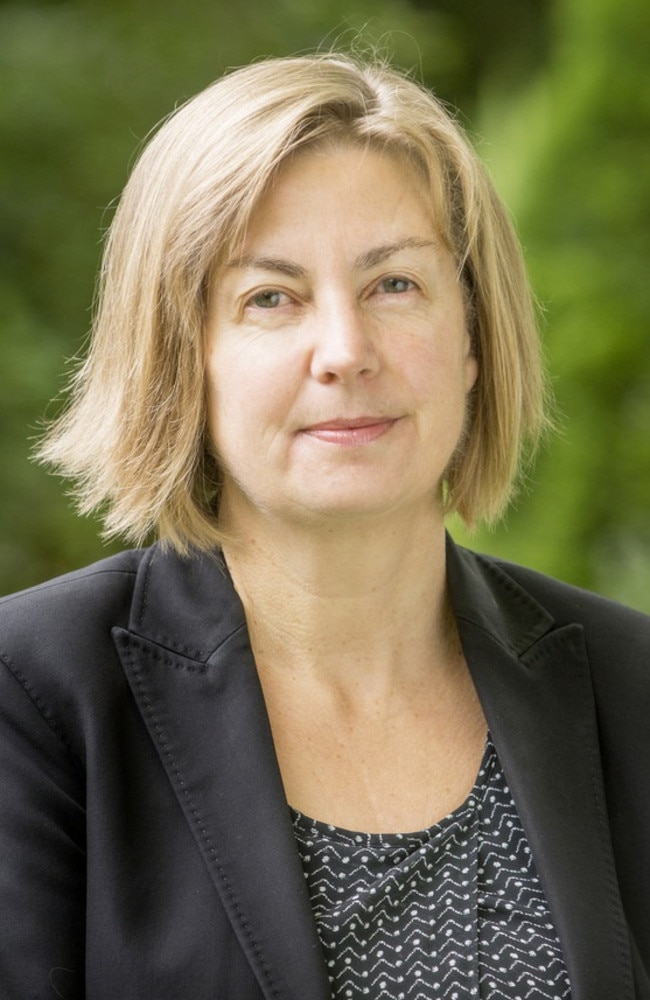
Tracey Wade, Director of Orama Institute for Mental Health and Wellbeing at Flinders University in Adelaide, says the psychology is complex as she describes what it’s like living with an eating disorder.
“We can call it a voice, we can call it a thinking style, it’s not like psychosis,” she says.
“The eating disorder has a particular tone, it’s always critical, you’re never the right size, you’re never good enough, you’ve always got to try harder, it never says pleasant things.
“There is a lot of self-criticism.”
Often it starts with minor changes in behaviour, says Bradford, suddenly removing food groups like carbohydrates, fats or become a vegetarian or vegan, followed by the introduction of strict food rules. “No one chooses to develop an eating disorder, it’s innocent,” she says.
“It starts subtle and then gets a life of its own … a lot of my clients say to me, they didn’t think it would get to this.”
Parents and carers watching the suffering from the sidelines also wonder how it happened.
A Brisbane mother named Julie is alone in her room crying in desperation. How did her daughter develop a severe eating disorder at 12?
How did it get so bad she had to liquefy food for her daughter and feed it to her via a syringe to keep her alive? How can she retain her own sanity while trying to save her daughter’s?
Julie is one of the many parents caring for someone with an eating disorder. Her daughter, Alice (not her real name), was diagnosed with anorexia last year. She didn’t think anything was out of the ordinary when her daughter started eating more salads.
A red flag only appeared for Julie two months later when she saw her daughter’s underweight body in a swimsuit on a family camping trip. She booked her in to see a GP.
The family was living in Melbourne at the time and Victoria went into hard lockdown. Support was difficult to find and Alice’s situation was deteriorating. Quickly. Within two months, Alice was admitted to hospital.
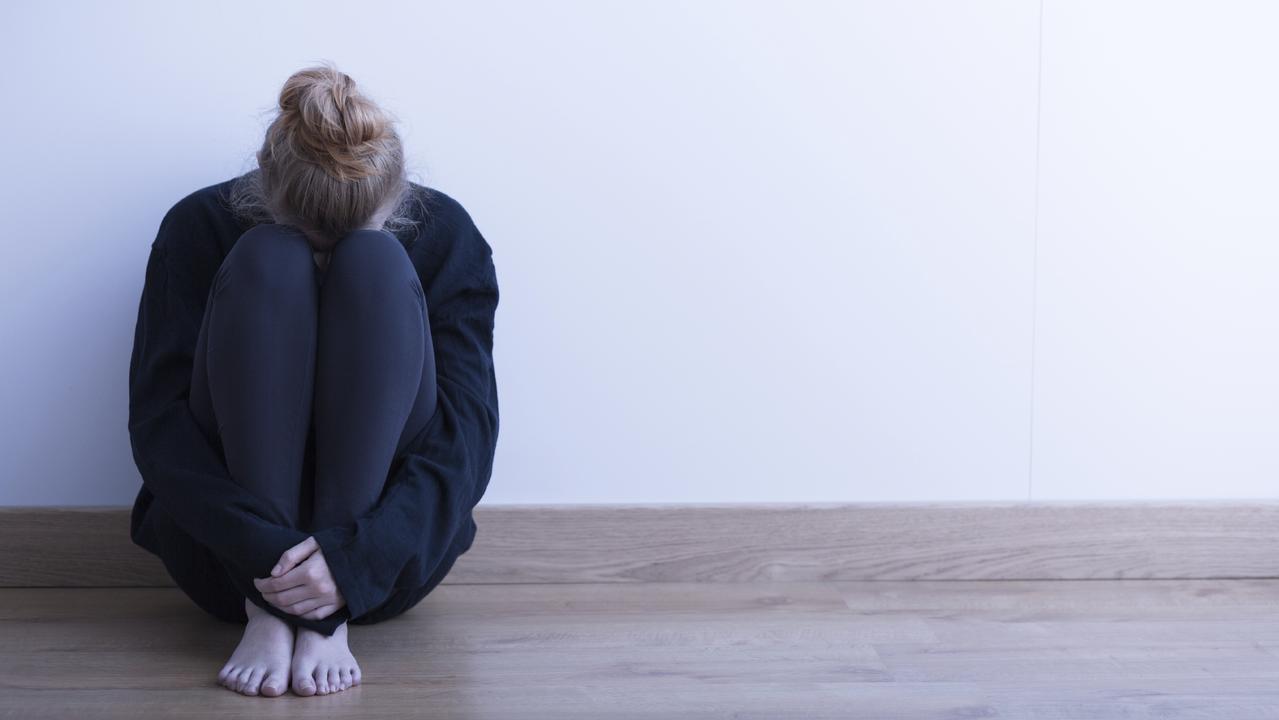
“She got to a point she couldn’t drink water, everything she put into her mouth she was adamant it was going to be a disaster,” says Julie.
“She would not eat, she wouldn’t chew, if I put a spoon in her mouth she would bite down on it, she also bit me a number of times and kicked me.
“We would put rice and tuna in the blender so it was liquid, we’d put it in a syringe and we had to restrain her and force it into her mouth so she would swallow it.”
Alice was hospitalized for the next five weeks, in and out of various treatments, none of which worked. When she returned home, she went on a waiting list to see specialists including a psychiatrist and nutritionist. It would be four months until she could get an appointment. In that time, Julie’s eyes were opened to the full wrath of the beast inside her daughter’s mind.
“(In hospital) nobody had dealt with the mental side,” she says. “Nobody explained to us what comes with it. They said food is medicine and once she’s weight-restored she will be fine.
“The self-loathing, the hate and failure then played out thereafter. It was beyond insane.”
Alice would smash her head against surfaces, explode into screaming episodes of up to six hours and starve herself.
“She looked like a skeleton,” says Julie. “Her ribs and hip bones sticking out, she had no colour in her face, she had black rings under her eyes but she saw herself as fat. I blacked out our mirrors in our house so she couldn’t see herself.
“She weighed 30kg and her resting heart rate was 35 (a healthy resting heart rate for a 12-year-old is about 84), it was beyond any of the doctor’s comprehension how she was still alive.”
Frighteningly, Alice was still on the waiting list. Two days after she finally saw a psychiatrist, her dad (Julie’s ex-husband) committed suicide.
Through the darkness, Julie discovered Eating Disorders Families Australia, an organization she describes as her saviour. “There are weekly groups for parents and the support and honesty is my saving grace,” she says.
In December, she moved the family to Brisbane, for a new start and lifestyle change. Alice has begun treatment with a private GP and Julie says she can already see progress. “She’s wanting to get better now and it’s the first time she’s said to me, ‘I know I’ve got an eating disorder and I don’t have to have it anymore.”

There is always hope, there is a way out, and people can recover. Abbasi wants people to know this. She’s reminded of the pain she put herself through every day as the inside of her forearms are lined with a ladder of self-harm scars. She covered them with tattoos but is having those removed to prove she’s not the girl she used to be.
Abbasi is sitting in the courtyard of her apartment complex about to head to her visual art class at TAFE Queensland in South Bank.
She shares her dreams of becoming a visual art teacher and a mental health advocate working in art therapy. Something old Jenna never thought possible.
“There’s a higher self within me now so when that past version of me has something to say, I have the strength to observe those feelings and stand up for myself,” she says.
She’s slowly healing deep wounds, and she’s prepared for a long journey, but her eyes are no longer empty.
They’re full of promise, power and a future. She’s now a woman with a full life left to live. “My eating disorder took away my friends,
my education, my life, opportunities, I wanted them back,” Abbasi smiles, “I now have all of those things.”
WHERE TO FIND HELP:
● The Butterfly Foundation, butterfly.org.au
● Eating Disorders Queensland eatingdisorders
queensland.org.au
● Eating Disorders Families Australia, edfa.org.ua
● Queensland Strive Parent & Carer Support Group (search on Facebook)
If you, or anyone you know is experiencing an eating disorder or body image concerns, you can call the Butterfly National Helpline on 1800 33 4673 (ED HOPE), email support@butterfly.org.au or visit www.butterfly.org.au. If you are experiencing thoughts of self-harm or suicide please reach out to Lifeline for 24/7 crisis support on 13 11 14.




